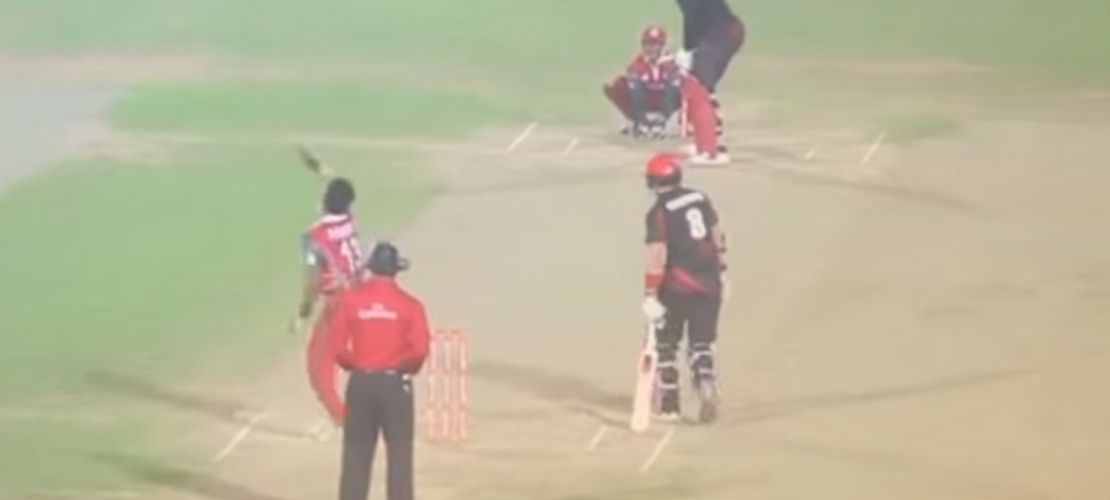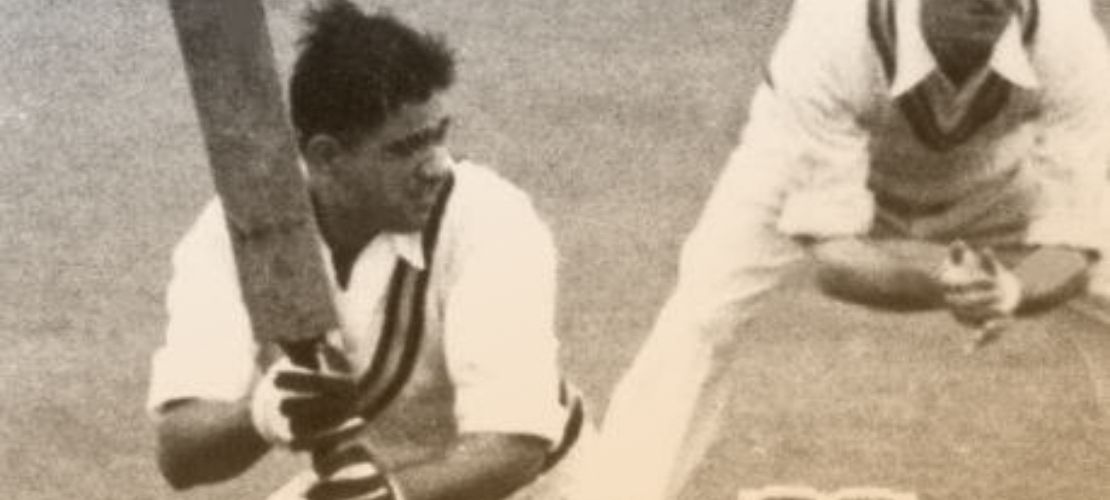The popularity of cricket has been growing each year significantly. Fan following, along with the championships between two cricket teams, has been growing since its beginning at the end of the 16th century.
Cricket is said to be discovered by children of Weald who were playing this game in the dark woody forest located in the southeast of England. It is one of the oldest and most famous games in the entire world.
Cricket mainly got its popularity due to its simple rules, making it fun to watch and play. The game connects viewers with the players playing and makes the loss of their entire fan following and their win a moment for celebration for all.
However, one rule of this game that has been confusing and contradicting opinions from several people is hard to understand. The answer to the question of what is Mankading in cricket is listed below.
Discovery of Mankading

Despite this rule being made years ago, the first time it was used was during one math in the year 1850. The match was between two teams known as Eton and Harrow, which was recorded as the first-ever look at the mankading.
Mankading is known to this world after a former Indian international cricket player known as Vinoo Mankad. This player has been registered in the hall of fame of ICC for the world cricket test finals.
Since the beginning of his career in 1946, he has played in 44 matches for the Indian team, among which the most admirable achievement was marked in the year 1952.
Bowling in almost 97 over, he scored 72 in one match and 184 in the other one he played in. Due to the naming of Mankading, named after this person, several people now know him worldwide.
Mankading is also known as run out in simple forms of cricket. This is applied when a batsman leaves the crease even before the bowler starts the bowling, and thus the bowler can run out the batsman.
Defining Mankading
Mankading is also known as another form of running out a batsman. This rule is applied when a batsman in the striking position leaves the crease even before the bowler throws the bowl.
Thus applying that, the bowler can run out the player immediately before they get back into the crease as normal run out works. Even though this rule has been in the game for quite some time, several experts and a fan of this game think this rule should be banished.
Several people think this way because, according to them, this disturbs the spirit of playing the game and is against it.
The origin of the name Mankading
After a person knows what is mankading in cricket, the other question that arrives or problems their mind is how this rule got its name from a former or previous player known as Vinoo Mankad from the Indian international team.
The first time Mankading was noticed was when this player ran out single players at two different matches similarly for both. This batsman that got run out was Bill Brown from the Australian team.
The first time it was marked was during a match in Australia, and the second time it was in Sydney. Even though the other players and the fans watching thought it to be against the spirit of the game, they harshly admitted to running out for Brown in two matches.
Thus due to the popularity of the incident and the bowler Mankad, this form of run-out was popularly known to be called Mankadin in cricket.
Vinoo Mankad

Even though he became famous due to the run-outs in Australia, he was the only known layer and the other two batsmen who had played in all of the ten known positions.
Furthermore, this famous player trained another famous and known legendary cricketer after completing his career as an all-rounder. The player that he trained was called Sunil Gavaskar.
Vinoo Mankad has scored around 2109 runs in his entire career of test cricket matches, along with an average run rate of 31.47. He was also an amazing bowler who took a total of 162 wickets in just 32.32.
After the end of his rememberable career and coaching another legend, he made it into the hall of fame for test cricket finals and the other ten players. This took place recently, which made the number of players in the hall of fame 103 from 93 as ten more players made it into the hall of fame of ICC.

